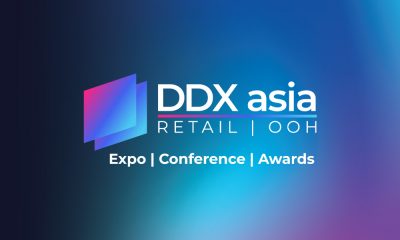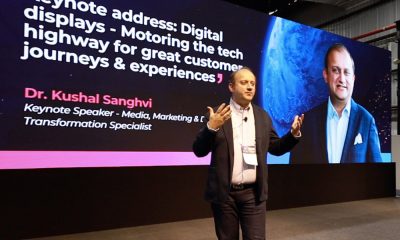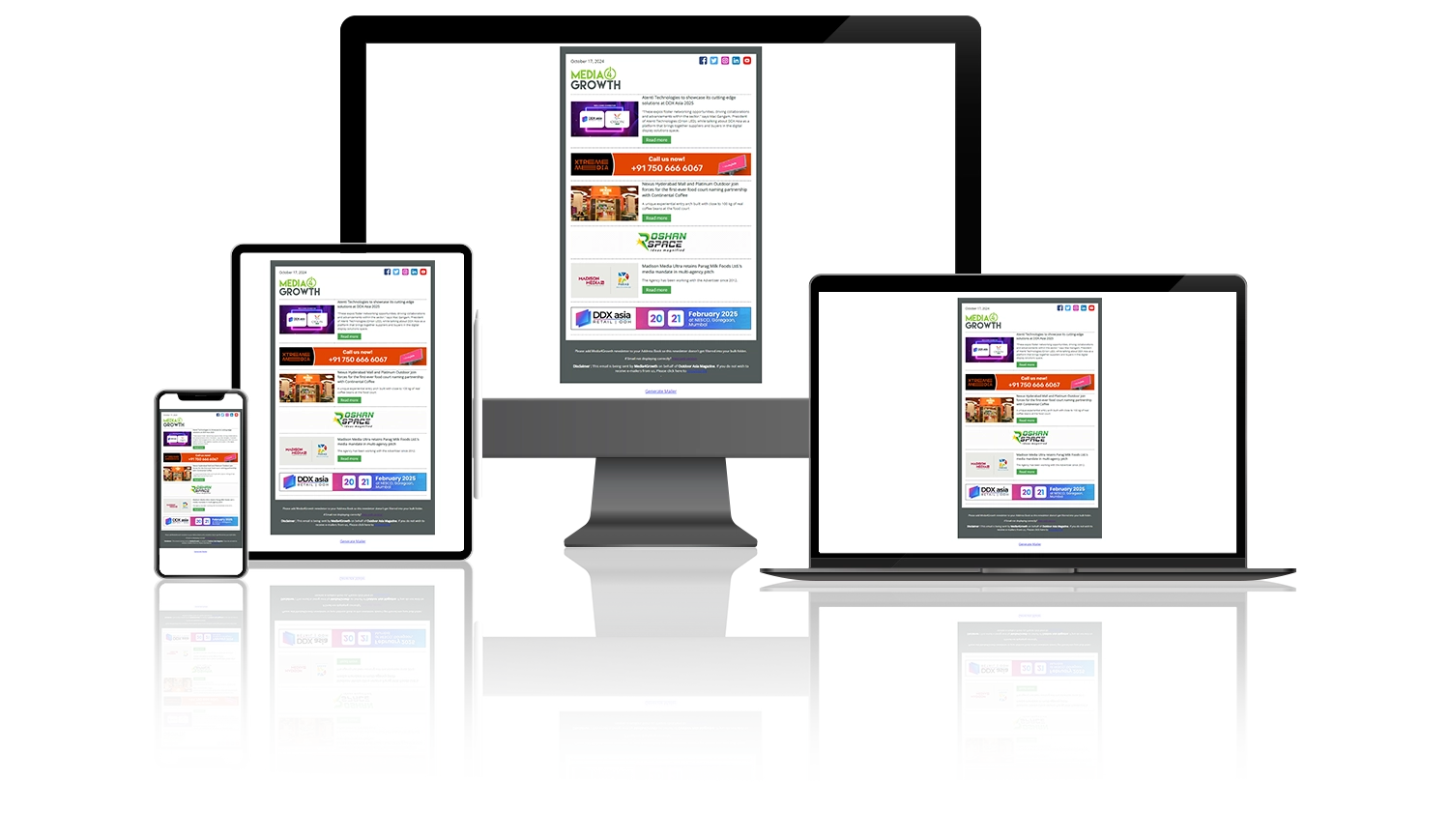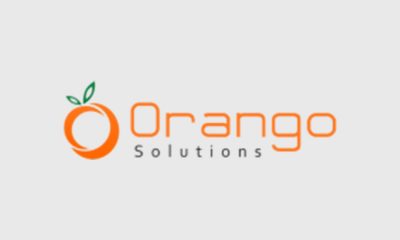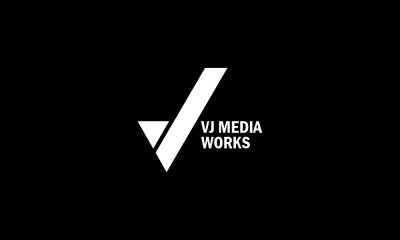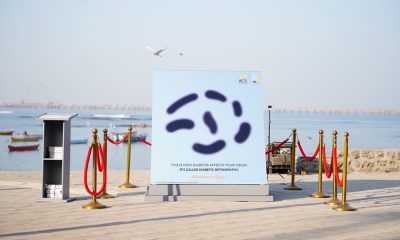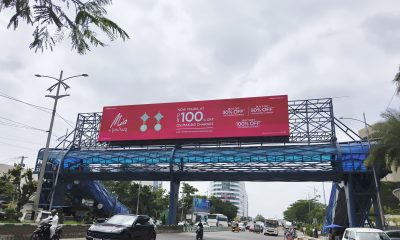Digital Display
The critical role of digital signage software in modern advertising
Rahul Shyokand and Dev Kartik Agarwal, co-founders of Wilyer share their inputs on the importance of digital signage software

In today’s fast-paced advertising landscape, digital signage software has become a cornerstone for both the Digital Out-of-Home (DOOH) and retail sectors. This technology is revolutionising how businesses engage with their audiences, optimise their advertising strategies, and drive growth. Insights from industry leaders like Rahul Shyokand and Dev Kartik Agarwal, Co-founders of Wilyer, highlight the vital importance of digital signage software across these interconnected industries.
Transforming location-based advertising
Digital signage software is reshaping the way businesses approach location-based advertising, whether on city streets or within retail environments. Traditionally, advertisers faced challenges in determining where to place ads and managing fragmented decision-making processes. As Rahul and Dev explain, many advertisers struggled with knowing the best locations for billboards or screens. The ability of digital signage software to connect multiple screens and streamline these decisions has been transformative.
This software enables more strategic ad placements, ensuring that messages reach the right audience at the right time. For example, a retail store can use digital signage to target in-store customers with promotions based on real-time inventory data, while a DOOH campaign might strategically place ads in high-traffic areas to maximise visibility. By making location-based advertising more practical and contextually relevant, digital signage software significantly enhances the effectiveness of advertising campaigns across various platforms.
Seamless integration for comprehensive campaigns
A key advantage of digital signage software is its ability to integrate seamlessly with existing infrastructures, benefiting both DOOH networks and retail environments. Rahul and Dev emphasise that their software approach supports programmatic integration, simplifying ad delivery across multiple channels and devices.
This seamless integration is crucial for businesses that need to manage complex, multi-platform campaigns. In retail, it allows for the synchronisation of in-store promotions with digital ads seen by customers on their mobile devices or online. In the DOOH space, it facilitates the coordination of ads across a network of digital billboards and screens in diverse locations. This integration reduces the need for expensive new hardware and allows for a more agile, responsive advertising strategy that can quickly adapt to changing market conditions.
Data-driven insights for enhanced performance
In both DOOH and retail, the ability to leverage real-time data is essential for optimising campaign performance. Digital signage software provides robust analytics and reporting tools that give businesses the insights they need to make informed decisions. Rahul and Dev highlight the importance of real-time data, which allows advertisers to adjust their strategies on the fly, ensuring that their campaigns remain relevant and effective.
For retailers, this means monitoring customer behaviour and adapting in-store displays or promotions based on what is resonating with shoppers. In the DOOH sector, it enables advertisers to tweak their messaging to better align with audience demographics or current events. The use of data-driven insights ensures that advertising efforts are not only targeted but also dynamic, capable of evolving in real time to meet the needs of the audience.
Boosting engagement and driving growth
Digital signage software is also critical for enhancing customer engagement and driving long-term growth. By delivering personalised, timely content, businesses can create more meaningful interactions with their audiences. Rahul and Dev point out that making advertising screens widely accessible has made location-based advertising more practical and impactful.
In a retail setting, this might involve using digital displays to showcase promotions that are relevant to the shopper’s current location in the store or to their shopping history. For DOOH, it could mean deploying ads that change based on the time of day or the demographics of passersby. This ability to tailor content to specific audiences and contexts helps businesses connect more effectively with customers, increasing the likelihood of engagement and driving sales.
Cost-effective solutions for scalable growth
A major benefit of digital signage software is its cost-effectiveness, particularly in how it supports scalable growth for businesses. Rahul and Dev’s approach focuses on leveraging existing screens and infrastructures rather than requiring significant investments in new hardware. This strategy is beneficial for both small retailers looking to enhance their in-store experience and large DOOH networks aiming to expand their reach without excessive costs.
This scalability means that as a business grows, its digital signage capabilities can grow with it. Retailers can gradually expand their use of digital displays across multiple locations, while DOOH advertisers can add more screens to their networks as needed. By minimising upfront costs and allowing for gradual expansion, digital signage software helps businesses of all sizes enhance their advertising efforts and achieve long-term growth.
Industry inspiration and future innovations
The ongoing development of digital signage software is influenced by the successes of global leaders in the industry, such as BroadSign and Scala. Rahul and Dev have drawn inspiration from these companies to refine their own approach, aiming to simplify the transition from traditional to digital advertising formats.
As digital signage technology continues to evolve, its role in both the DOOH and retail sectors will only grow in importance. Businesses that adopt and integrate these advanced solutions will be better positioned to stay competitive in an increasingly digital marketplace. The future of advertising lies in the ability to deliver dynamic, data-driven content across multiple platforms, and digital signage software is at the heart of this transformation.
In conclusion, digital signage software is an essential tool for modern advertising, offering unparalleled advantages in both the DOOH and retail industries. From enhancing location-based advertising to providing real-time data insights and supporting scalable growth, this technology is crucial for businesses looking to connect with their audiences and drive success in a rapidly changing market.
-

 Campaigns
CampaignsAMFI extends its investor awareness mission with branding of Andheri Metro Station
-

 People
PeopleMarico Appoints Vikram Karwal as Chief Marketing Officer
-
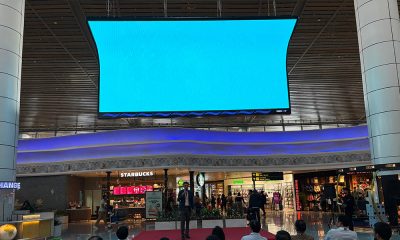
 Digital Display
Digital DisplayTimes OOH installs curved LED videowall at Goa Airport
-
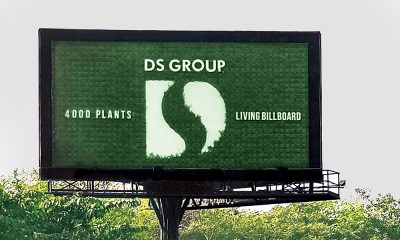
 Campaigns
CampaignsDS Group launches ‘Living Billboard,’ A Green Plantation Drive
